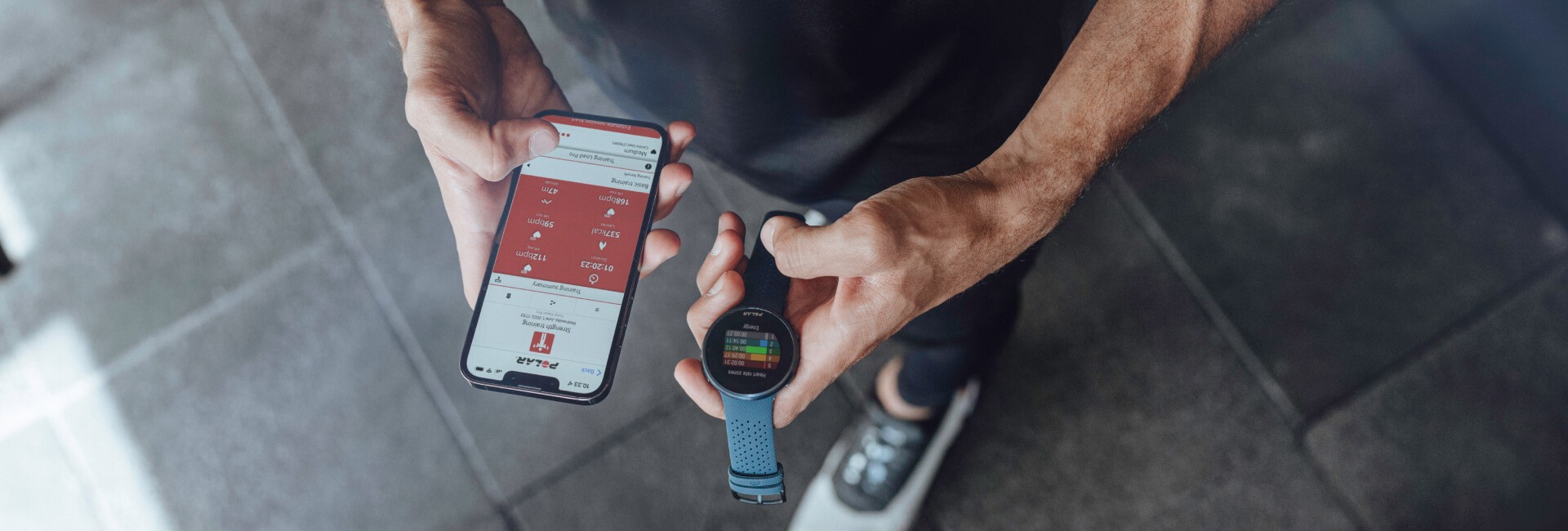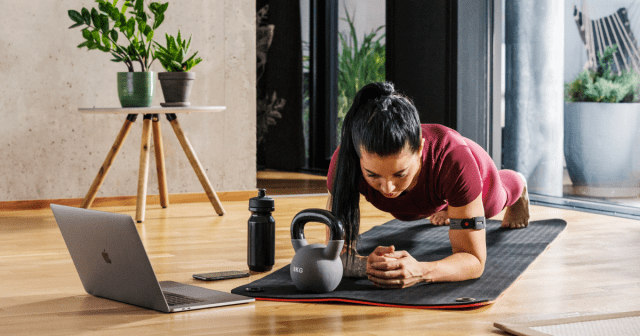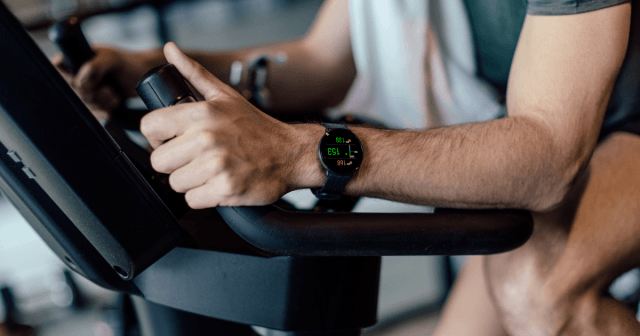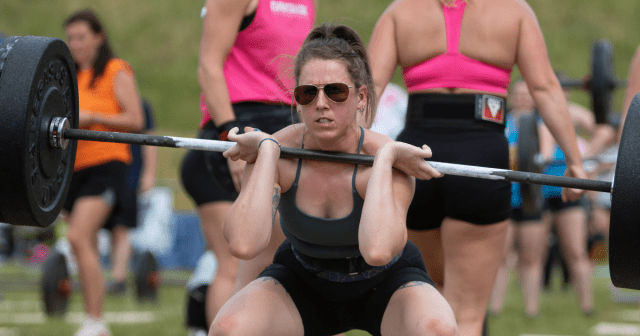If you’re struggling to feel motivated, focus on goals, or feel inspired by your training, a workout log could be the key to tackling these issues.
Writing up notes about your exercise may give off a homework vibe, but in fact, it’s the very tool that could make you feel like a pro. Here’s how and why you start a training diary today.
What is a workout log?
A workout log is an app, diary, spreadsheet, or journal to track your metrics, thoughts, and feelings about every training session.
It’s a valuable tool for ensuring you are very present with where you are in both your mind and body before and after a training session. It also enables you to observe patterns and reflect upon your achievements. Plus, if you ever decide to use a coach or personal trainer, you can provide them with detailed information.
You can use a workout log to track whatever information you find helpful. However, it’s important to remember that it’s worth going into detail if you’re already making the effort because you never know what insights and patterns it may reveal.
Benefits of a workout log
Some may ask, “Why do I need a workout log?” You may have exercised for years without using one and feel content with your approach. However, there are some great benefits to using a training diary, which may help boost your workouts and take your fitness to the next level.
Boosts motivation and focus
Seeing how far you’ve come and recognizing your progress is an excellent source of inspiration. Often, it’s easy to forget the advances we’ve made with our fitness, especially if you compare yourself to other people at the gym, on your team, or online. But having a workout log helps you see how much the hard work is paying off and encourages you to keep going.
Inspires your goals
There are no better workouts than when you train with purpose. Having achievable goals that you are focussed on helps you understand what you’re doing with each session and why. It also allows you to recognize when you’ve reached that goal and reflect on where you want to take your training next.
Encourages accountability
If you train alone, it can often feel like no one cares if you don’t bother to work out. But keeping a journal means it will be abundantly clear when you’ve let things slide. There’s nothing like a diary with blank pages and nothing to add to them to remind you that you’ve deprioritized your fitness. So, keeping a workout log will inspire you to maintain healthy habits and show up for yourself.
Tool for reflection
Taking a moment after each workout to stop and think about how it felt and what you achieved can enhance your training insights and what you take away from every session. It is also an excellent record that you can look back on, be it at the end of a marathon or a competition or months or years in the future. Some athletes enjoy seeing what their thoughts and mindset were like a decade later and even comparing their results from the same training sessions.
Assists with pattern recognition
Understanding your habits can help you plan your training session or be aware of your rhythms. Depending on what information you choose to track, regularly observing your results can lead to additional insights around patterns. You may notice that you’re always tired on certain days of the week or that you perform better after a particular warm-up session.
What to log about your workouts
When you start writing a log, it can be hard to know what you’re supposed to track. In time, you’ll understand where you draw the most benefits and insights, but to begin with, it’s a good idea to note down information like the following.
Pre-training observations
- Sleep: note down some of the data around your sleep, such as length and your Nightly Recharge™ overnight recovery measurement.
- Mood: how are you feeling today?
- Personal insights: what happened recently that could affect your performance, such as drinking the night before, your stress levels, or your menstrual cycle?
- Physical insights: any aches or pains? Sore muscles since your last session? Areas where you shouldn’t push yourself today?
- Physical metrics: some people like to include measurements such as weight and body fat percentage in their log where it’s relevant to their training.
Post-training observations
- Conditions: how was the weather or terrain (or even the level of air con in the gym)?
- Rate of perceived exertion: how did your level of effort feel using the Borg Scale?
- Monitor metrics: add extra context by noting your metrics, such as average, peak, recovery heart rate, etc.
- Type of training: not only the workout but specific details, such as which HIIT instructor or yoga video you used this time.
- Training details: reps, sets, tempos, rest breaks, and weights or equipment settings, for example.
- Feelings: an easy one to miss amongst all the metrics, but it’s essential to keep track of how you feel during and after your workout.
- Any ideas: exercise can often be a great time for brainstorming, so note what came up.
- Time for a new test: diarise which tests you feel it’s time to try again.
- Overall observations: If you had a great session, drill down on what you think helped. Good sleep? Recent training progression? If things didn’t go so well, reflect on why too.
Different ways to keep a workout log
Polar Flow
Polar Flow is the best workout log app because it automatically tracks all the key information about your training from your Polar watch or sensor. So, most of the work is already done for you, whether it’s logging your distance, heart rate, or session length, for example. You also have the benefit of being able to use Polar Flow on either your phone or computer.
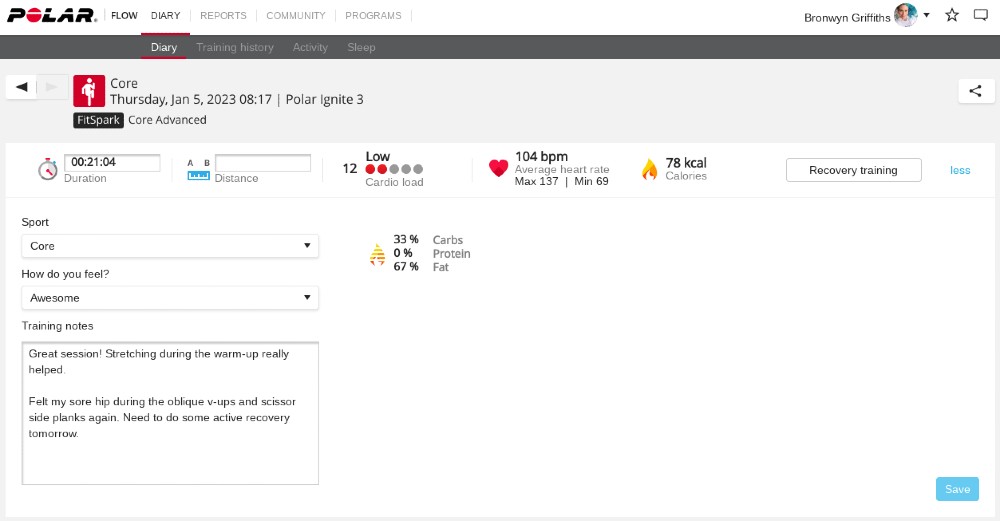
In addition to what Polar logs for you, there’s a drop-down where you can quickly log how you felt about that training session (awesome, ok, not so great, etc.), plus a space where you can write your training notes. You can log anything you like about your workout, from the number of reps you did to the weights you lifted and your general thoughts, feelings, and observations.
One of the other great features of using Polar Flow for your workout log is that it can connect you to a wide variety of training apps, such as Strava, Adidas Running, and Nike Run Club. So, you can not only keep track of your sessions for yourself, but you can also share them with friends on compatible apps.
Daily training diary
If you prefer writing everything down with paper and pen, then an easy way to keep a workout log is by using a daily diary. Depending on the level of detail you want, you can opt for a small or medium-sized diary to track your workouts and goals. Keep it in your gym bag or with your home equipment, so it’s always on hand when needed.
The benefit of using a traditional diary is that the days of the week and the dates are already mapped out for you, so all you need to do is add your training info. This way, it’s also easy to see how long it’s been since you took a rest day if you are prone to overtraining.
Spreadsheet
If you’re a fan of tracking your data, you can create a spreadsheet to track your workouts. Search online for “workout log template,” and you’ll find several examples of how you can organize your training information. Adapt it to suit your training style and the level of detail you want to record.
Printed workout log
Similar to using a spreadsheet, when you search “workout log template,” you’ll find some one-page logs that you can print out and fill by hand after every session. This approach has a vintage school teacher vibe that might be the right fit for your training style. BYO clipboard.
Journaling
If you already have a daily journalling practice, then you can include your workout log with this. Perhaps you journal as part of your daily meditation, to visualize your life goals or to help enhance your mental health. Adding your training details to this information is an excellent way of tracking your fitness as a part of your overall wellbeing.
If you liked this post, don’t forget to share so that others can find it, too.
Or give it a thumbs up!
I like this article
Please note that the information provided in the Polar Blog articles cannot replace individual advice from health professionals. Please consult your physician before starting a new fitness program.
